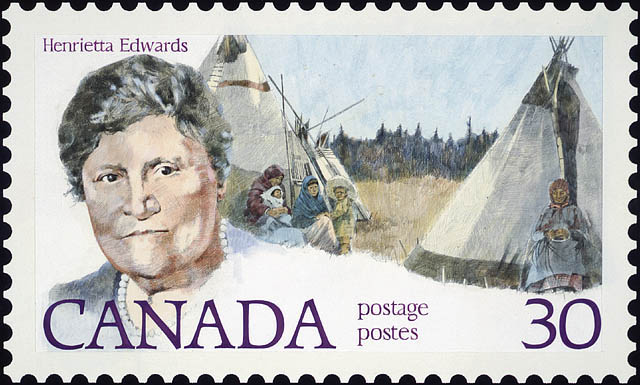Article
Guy Carleton, 1st Baron Dorchester
In 1782-83 he was commander in chief at New York, which he refused to evacuate until the LOYALIST refugees had been sent to safety, and he urged their reception in Québec and Nova Scotia. Influenced by William SMITH, he unsuccessfully proposed while in England a single governor general for BNA.











